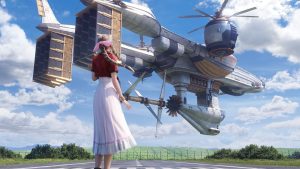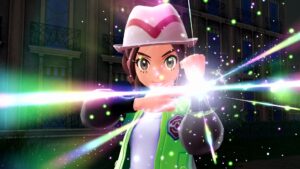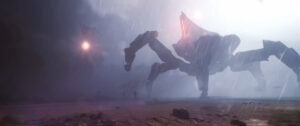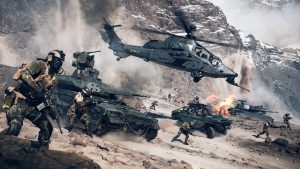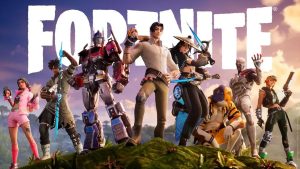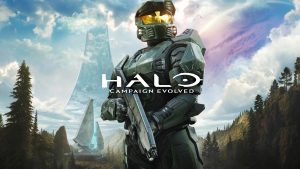One of the first things a player will notice about Shogun 2 is the look. The developers have painstakingly recreated the colorful and esoteric art style of Feudal Japan, and in intertwining the art style with the game itself, they have crafted a vehicle for immersion. Loading screens have scenes of slaughter and battle vividly expressed in bright hues, and even the campaign map has various artistic flourishes that make it stand out from its predecessors; cherry blossom orchids bleed their leaves out onto paths and stand out among forests, while the green-tinged seas lap on beaches and splash against rocky coastlines. Even in battle, your troops bear stiff standards depicting your clan’s battle colors on their backs as they charge into battle, making the troop delineations easy to see, even from a distance.
Diplomacy finally got the overhaul it has badly needed ever since Rome: Total War. No longer are your diplomatic relations baffling and pointless, as in previous titles allies would betray the player’s faction for no discernable reason. Happily, the clans in Shogun 2 actually seem to act in their own best interests, which simultaneously makes the campaign AI predictable but much more formidable. Strategic alliances count for quite a bit, and the AI actively pursues their goals with laudable efficiency, which makes your allies incredibly important, especially when the player begins to butt up against larger, more powerful clans. The addition of the vassalhood system, which enables players to treat defeated factions as subservient allies, is a step in the right direction. Diplomacy, therefore, makes a huge impact in the options presented to the player in the course of the campaign. No longer is it mindless conquest with a damn-the-torpedoes approach, because in this title, your allies actually matter. I found myself becoming quite attached to some of them during the course of my campaign, and my eventual betrayal (for the sake of achievements as well as campaign victory conditions) was heart-wrenching in a way that few previous titles could hope to approach.
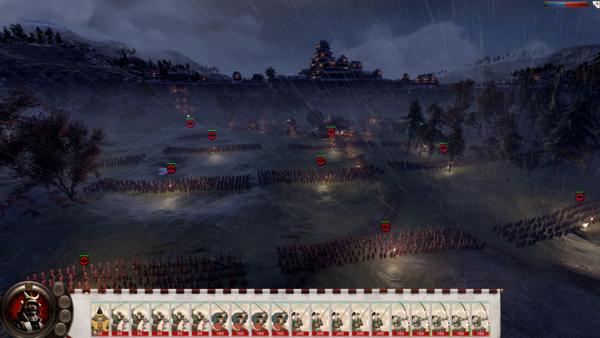
The latest entry does nothing but pleases Shogun fans.
Trade has been revamped as well. While Shogun 2 sticks to relatively the same system as Empire, each faction has control of certain necessary resources, and will often only trade with factions that have a resource they need. Securing the necessary items for a military (iron, warhorses, paper mills and wood) has an impact on how quickly or thoroughly a military is assembled. It makes strategic alliances even more important, and it makes the player keep a constant eye on their imports and exports. Keeping tabs on how many trade slots you have in your main port is also very important, as a lack of any one of these resources can seriously hamper a clan’s ability to develop beyond first-tier units. Added to this deepened role of trade is the threat from foreign influences, both in terms of social order and military dominance. Another excellent addition to the game is the introduction of a “Black Ship,” a 54-gun Dutch carrack which randomly spawns and trolls the coasts of Japan. Taking the ship down is an extremely difficult task, owing to the massive crew count and deadly broadside, which can sink or rout a first-tier combat vessel with a single volley. Once captured, however, the Black Ship is an extremely potent addition to your naval forces, and the pursuit of naval goals is made much easier thereafter.
Combat is essentially unchanged, which is a good thing. The smaller number of available units in no way hampers the player’s flexibility of tactical deployments. In fact, it makes the development of armies simpler at first, becoming slightly more complicated once the campaign reaches a point where monk warriors, gun-powder-toting import units, battlefield ninjas, and heroic units are accounted for. It’s a very familiar system, and the game didn’t contain any of the maddening bugs that crippled the release of Empire. However, for as much noise as the developers made of the battlefield AI, it’s really not all that much different from before. It’s fairly easy to trick the Art of War-programmed enemies once you get the hang of how they work, and anyone looking for something with any degree of difficulty will be forced to turn the battle difficulty up to Very Hard or higher to be in any real danger of a crippling battlefield defeat. On campaign side, the AI has the tendency to spam certain units, and sometimes doing so at the cost of units which benefit from their clan’s placement. It is not unusual to see an army entirely made up of archers, for instance, or roving armies of five or six samurai units. These armies are easy picking for a player’s army of comparable size, and nine times out of ten the player will win an auto-battle against them, making the crushing of some clans the work of a few minutes.
Though the battles have been streamlined and the coding is bug-free, the combination of humdrum siege maps and bordering-on-ridiculous tactical flexibility – every unit, even dismounted cavalry and raw recruits can scale fortress walls with relative ease, and carry Molotov cocktail-like projectiles which they hurl against the gates to burn their way through, without the need of any specialized equipment – make siege battles a bit of a chore. And because of the aforementioned unit flexibility, there is little, if any, need for siege equipment until the later stages of the game, when the player’s clan is readying to assault Kyoto itself. Despite that, it does make an alarming difference in having a system that so fluidly moves between the static defenses to open warfare, and where in previous titles siege battles were generally a showcase for bugs, glitches, and maddeningly stupid AI behavior, in Shogun 2 your units will smoothly transition from charging through a fortress gate to attacking with verve. The same can be said for units who have scaled the walls or entered the fortresses by any number of means, and overall, the siege battles function as any other open-field battles. I cannot understate how impressive an achievement that is, and the smoothness of them more than makes up for any of their perceived flaws.
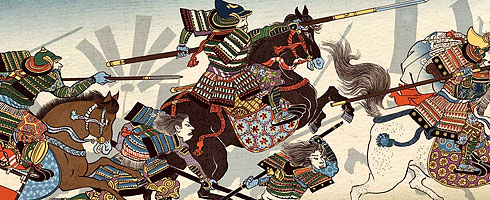
The art direction is one of the highlights of the game.
There was a lot of concern in the CA community over the introduction of so many RPG features in this title. Heroic units, a leveling system for your agents and generals, etc. Though I shared some of the concerns, the way the new features are handled is elegant, simple, and not nearly so overpowering as some players’ doomsday concerns. The leveling of your agents, generals and heroic troops are all handled in the same way, with customization trees shared by unit type and broadening your strategic options with each new level. Generals can be oriented toward man-on-man combat (making your general act more as a heroic unit than a general), tactics, or strategy. Even the choices presented within those boundaries are fairly open to customization.
As far as the multiplayer goes, Shogun 2 delivered much more than expected. Not only is there a cooperative campaign mode, something that players have been clamoring for since the series’ inception, but there are several unique multiplayer modes. Players can join a clan online and match themselves against other clans in a war over Japan, or they can go it alone in an avatar campaign, in which the player’s experience in the various modes of multiplayer award them with new unit types and goodies for the player’s avatar to don in battle. An impressive matchmaking service also assures that an avatar campaign player will never have his recruit-level army go up against a 20-battle veteran unit. It’s easily the most impressive and ambitious effort at Total War online play to date, and I don’t doubt that subsequent titles will follow this approach closely.
The artistic attention to detail grants instant immersion into the world of Feudal Japan. The series’ excesses have been trimmed back, refining the somewhat clunky campaign play of Empire. The ambitious multiplayer package gives the player a wide array of multiplayer options. Diplomacy has been overhauled, making political decisions have a much more significant impact on the campaign at large.
Ever-present bugs and odd AI behavior mar the campaign, but no more than previous titles (and significantly less than some). Samesy siege maps can make fighting some battles a chore.











